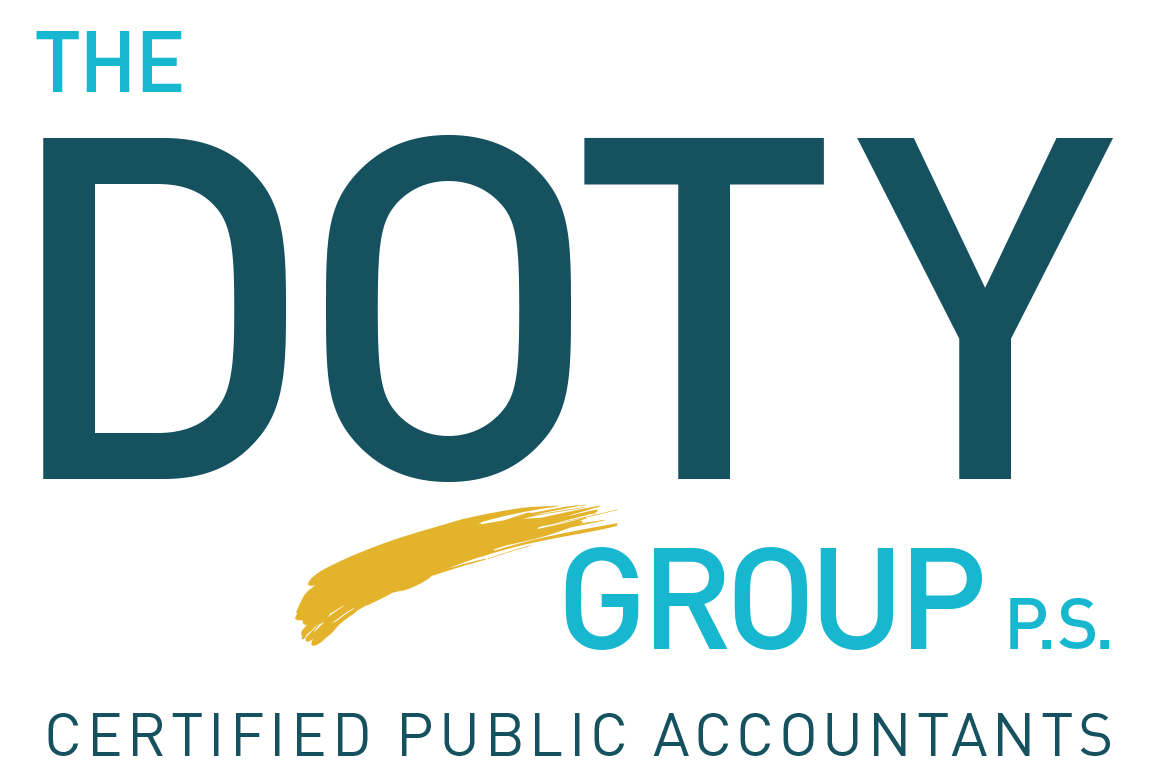IRS debunks tax refund myths
WASHINGTON ― With the July 15 tax deadline now past, the Internal Revenue Service reminds all taxpayers that there is no secret way to find out when a refund will be issued.
Most taxpayers have already filed their federal tax return, and many have already received their refund. Those that have not are understandably eager for details about when their refund will arrive. When it comes to tax refunds, a few common myths keep circulating and misinforming taxpayers.
Some key facts can help people understand the refund process better:
Taxpayers who file electronically and use direct deposit can expect their refund faster than those who mail a paper return, especially since the COVID-19 outbreak has reduced IRS staffing available to process paper returns.
Taxpayers who file a paper tax return are likely to face processing and refund delays.
The best and easiest way to check on a refund is “Where’s My Refund?”
The “Where’s My Refund?” tool available on IRS.gov and the IRS2Go mobile app.
A tax refund’s status can be checked within 24 hours after the taxpayer receives the e-file acceptance notification.
“Where’s My Refund?” is updated once a day, usually overnight.
Processing delays for paper tax returns
The IRS continues to process electronic and paper tax returns, issue refunds, and accept payments.
The IRS is experiencing delays in processing paper tax returns due to limited staffing. This is causing refund delays. Taxpayers who have already filed a paper return should know that the IRS is processing paper returns in the order in which they are received. In addition, interest on individual 2019 refunds reflected on returns filed by July 15, 2020, will generally be paid from April 15, 2020, until the date of the refund. Interest payments may be received separately from the refund and are considered taxable income in the year received.
Taxpayers who filed a paper return should not file the same tax return again or call the IRS.
Common myths about tax refunds include:
Getting a refund this year means there's no need to adjust withholding for 2020
To help avoid a possible surprise next year, taxpayers should look to make changes now. Adjusting tax withholding with an employer can help ensure that neither too much nor too little tax is withheld from an employee's paycheck. The Tax Withholding Estimator helps taxpayers figure out the right amount.
Calling the IRS or a tax professional will provide a better refund date
Contacting the IRS or a tax professional will not expedite a refund. IRS assistors and tax professionals cannot move up a refund date nor do they have access to any “special” information that will provide a more accurate refund date.
Ordering a tax transcript is a secret way to get a refund date
Ordering a tax transcript will not help taxpayers find out when they will get their refund and it does not accelerate the issue date of a refund.
The ‘Where's My Refund?’ tool is wrong because there's no deposit date yet
When Where’s My Refund? shows the tax return status is received it means that we have received the tax return and are processing it. Some returns may take longer to process than others and needs further review. This includes when a return:
Includes errors
Is incomplete
Is affected by identity theft or fraud
Includes a Form 8379, Injured Spouse Allocation, which could take up to 14 weeks to process
Taxpayers will be contacted by mail if the IRS needs more information to process a tax return. People waiting for a refund in the mail should plan for the additional time a check takes to arrive.
Something is wrong when the refund amount is less than expected
There are a lot of reasons that cause a tax refund to be different than expected. Situations that could decrease a refund include:
Taxpayer math errors or mistakes
Owing federal or state taxes, child support, student loans or other federal non-tax obligations
A portion of the refund is held while IRS reviews an item claimed on the return
The IRS will mail a letter of explanation if these adjustments are made. Some taxpayers may also receive a letter from the Department of Treasury's Bureau of the Fiscal Service if their refund was reduced to offset certain financial obligations.
Taxpayers can call the IRS’s automated refund hotline at 800-829-1954, which uses the same information as “Where's My Refund?”. There is no need to call the IRS unless “Where's My Refund?” says to do so.
